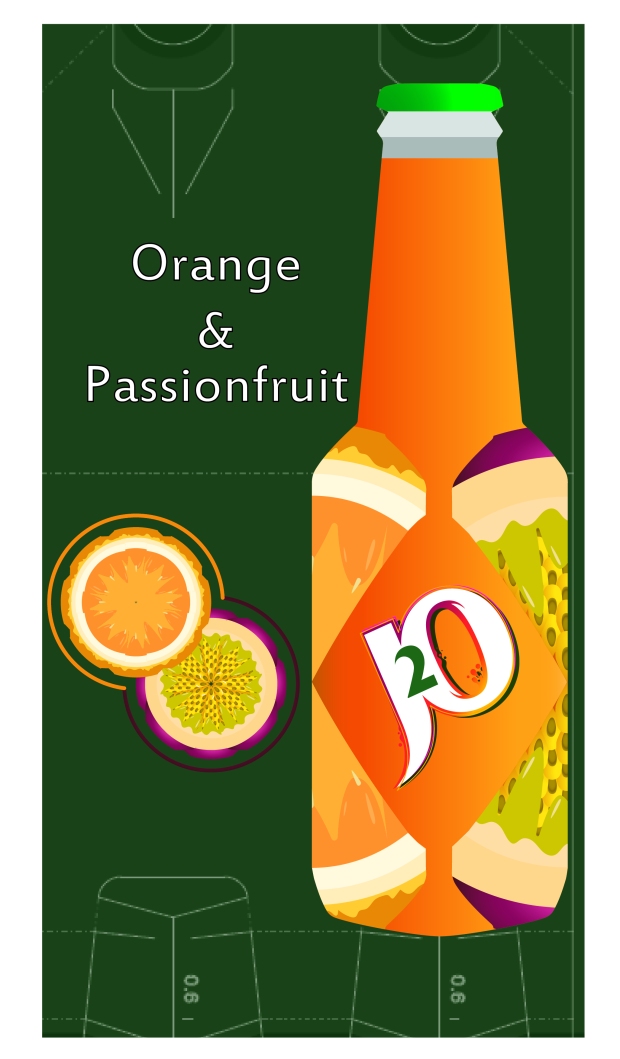I wasn’t particular happy about my previous colour range which made my cereal net look a little bit bland and boring, to resolve this issue, I started to experiment with a whole range of gradients and shaded effects to improve my work. My new colour scheme in comparison will surely capture the audiences attention with its cool, crisp appearance.
I started to add the official cereal labeling on my packaging for suitability of sales within the market stalls. The designing process of start to finish not only helped improved my technical skills on the program illustrator but also made me realise the importance of precise measurements and that half ‘cm’ can make all the difference because of this, I started to research into different ways of correcting this otherwise the finished product will fail before you even begun. (A lesson I have learnt the hard way).
This is final product which I have put together using double sided tape to avoid damaging the paper material, I am really pleased with the results and happy I went back to re-change the colour scheme so that the box is slightly highlighted instead of having a greenish/blue tint which brought the appeal down. If I had a chance to come back to this project, I would like to add and change a few things, such as adding a barcode for authenticity and perhaps change the game at the back into a maze or crossword which would be more interesting than having the choice of three options.
- SONY DSC
- SONY DSC








